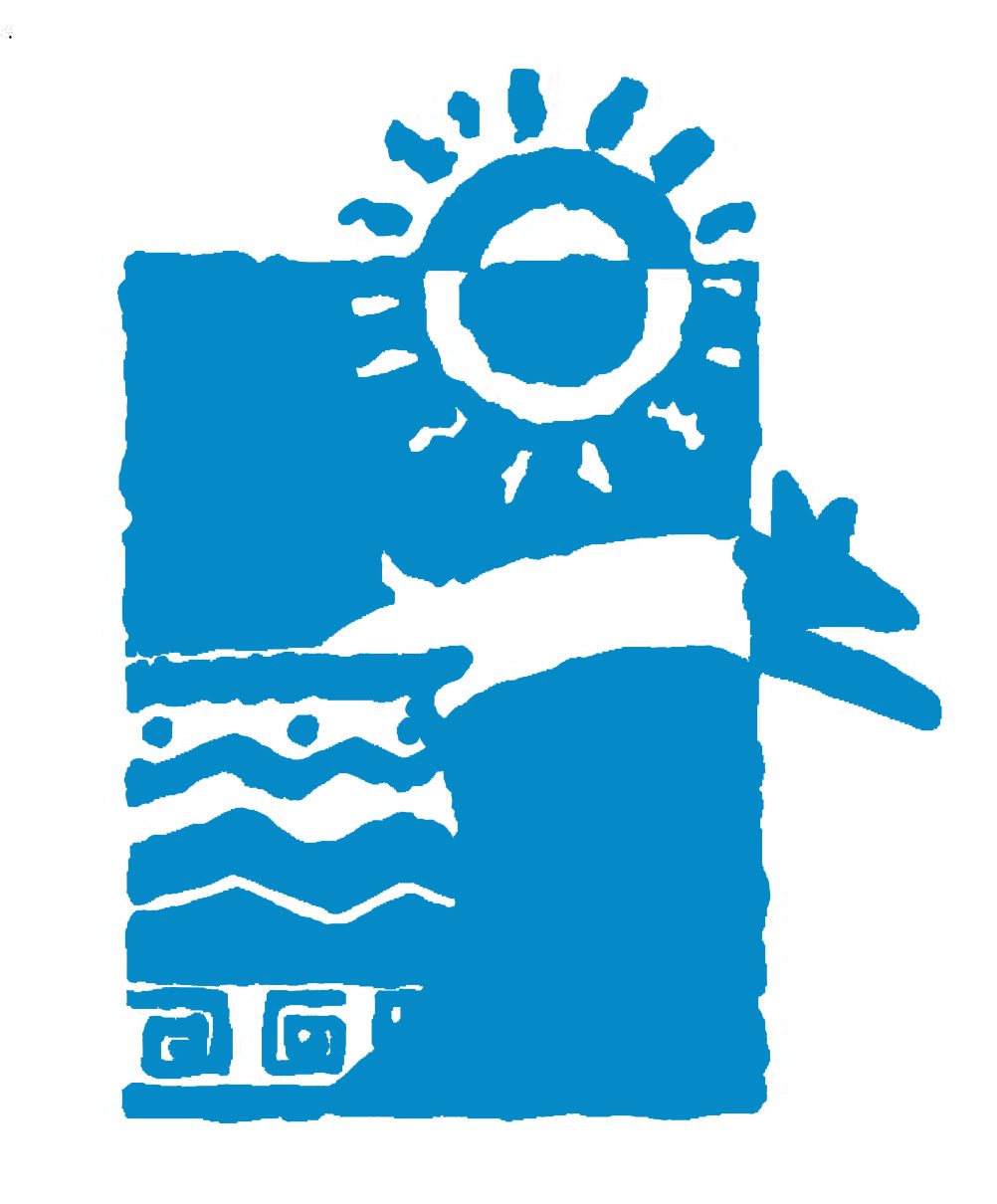[Source: Camp Verde Bugle]
 The last state budget debacle over funding for Arizona State Parks caught many unawares and tripping over their own feet to figure out what was going on. The state was already deep into the process of deciding cutbacks and closures before some support groups could organize.
The last state budget debacle over funding for Arizona State Parks caught many unawares and tripping over their own feet to figure out what was going on. The state was already deep into the process of deciding cutbacks and closures before some support groups could organize.
That cannot be the case for the next budget battle – and it is already starting. The time to get involved is now.
Eleventh-hour brain-storming sessions and negotiations can lead to short-term solutions, as evidenced by last budget cycle’s results, but fixing funding problems for the foreseeable future demands more than that.
This time, instead of waiting until February or March or May, those concerned about the sustainability of the State Parks program need to jump in at the start.
The Verde Valley and Sedona have particular interest in this process because five Arizona State Parks are ensconced here. Current funding for three of them are a patchwork of local, county and state monies and volunteers, and that is only temporary.
Jerome has known the frustration of full closure, and Camp Verde and Sedona have felt the cost of keeping a park open. It has been a sweat-inducing exercise, but it has certainly left the communities with a feeling of ownership.
The way the state has provided funding for state parks and used money created by state parks has not been principled, but it has been allowed. It needs to change if parks are to have a future. A governor’s commission is pushing for more privatization of services currently provided by government, and some issues connected to state parks are being eyeballed in that regard.
After the breather afforded by intergovernmental agreements to keep parks open this year, municipalities are already looking again at their relationship to Arizona State Parks. And Thursday, Sept. 30, at the Sedona Library, several groups and elected officials will have a public discussion of proposals and possible solutions to the funding problems.
It is a dilemma that cannot wait again. If the state parks landscape is to be preserved, now is the time to get involved.




